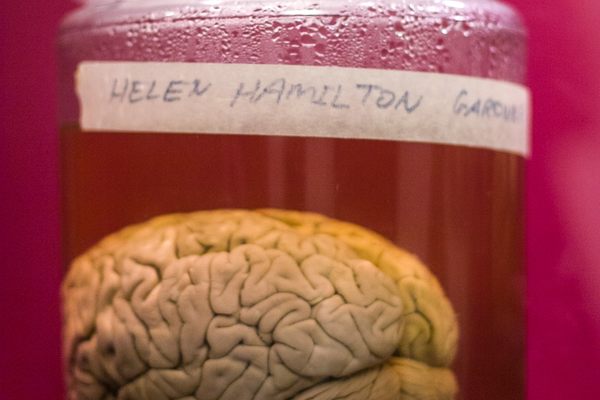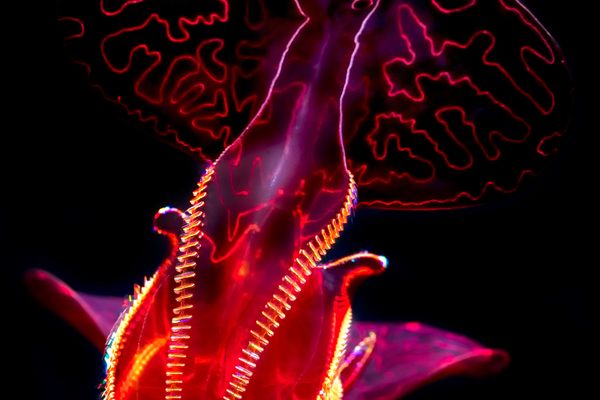Blaschka Glass Sea Creatures
These expertly crafted, scientifically accurate glass sea creatures were once an international phenomenon.
These lifelike sea creatures once embarked on international exhibitions around the world, bringing the wonders of the deep to the eyes of those who will never see those depths. Later, they spent years gathering dust in the storage facilities of universities and museums. Now, the intricate glass animals are being highlighted once again to awe and inspire.
The story of these delicate sea animals begins in 1850, after glass maker Leopold Blaschka lost his wife and father within two years. Following his heartbreak, Blaschka went on a sailing voyage to lose himself in the natural wonders of the ocean. He witnessed the bioluminescence of the jellyfish off the coast of west Portugal, and found his curiosity piqued. Upon his return, he took up his hobby of creating sea creatures out of glass.
This was at a time when the world was entranced by the natural wonders of the Earth. Museums were filled with taxidermy of beasts from Africa and other exotic locations. However, depicting the creatures of the deep was more problematic, as the marine creatures would dry up if left out of water and lose their shape in formaldehyde jars. Most replicas were stiff wax depictions—until Blaschka introduced his creations to the market.
Blaschka’s second wife birthed another glass artisan in the family which led to a father-son duo of sea animal artists. They expanded their skills beyond glass-making, incorporating painting and other materials as well. The collection included 700 different models, which were purchased by museums and universities around the world. Working with these institutions, the duo gained better access to specimens to make the models scientifically accurate.
As time went on, these complex and lifelike models found storage boxes to be their new homes, and went all but forgotten. In 2002, the delicate aquatic creatures were unearthed again from Harvard University’s storage. The remarkable collection portrays not only the Blaschkas’ unique glassmaking, but also the fascination with the natural world in the age of exploration. It will be on display at the Herbert F. Johnson Museum at Cornell. The exhibit opened in September 2017 and runs through the end of the year.
Update July 2018: This was a temporary exhibit that ran from September to December 2017 at the Johnson Museum of Art at Cornell University. It is no longer on display.
Update October 2020: Many of these creations been moved to the atrium of Corson-Mudd Hall.
Know Before You Go
For the Cornell exhibit, get off route 79 onto Stewart Avenue. From there, turn right on University Avenue and follow the road up a hill to the museum. There is metered parking for visitors.
Plan Your Trip
The Atlas Obscura Podcast is Back!






























Follow us on Twitter to get the latest on the world's hidden wonders.
Like us on Facebook to get the latest on the world's hidden wonders.
Follow us on Twitter Like us on Facebook